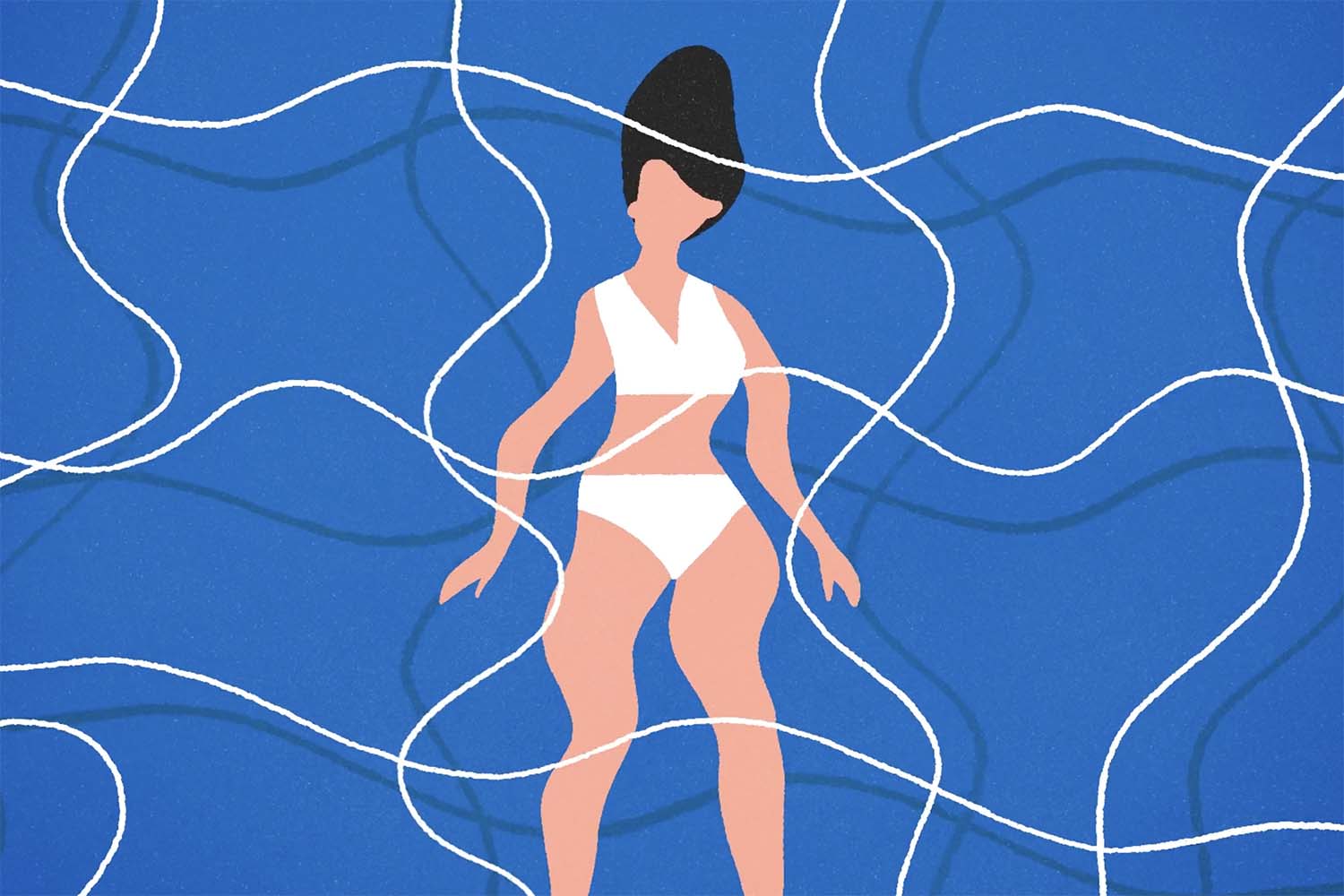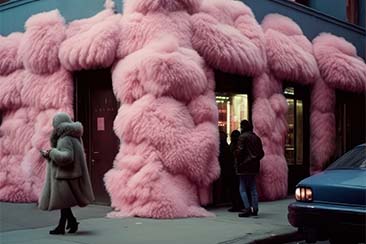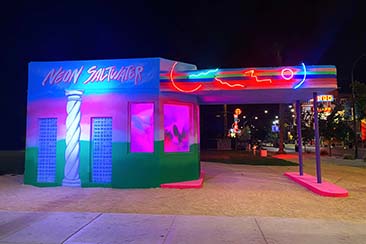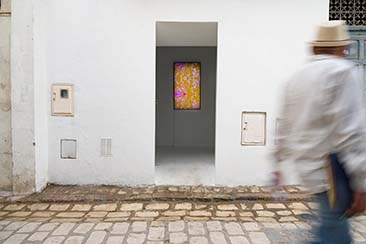Illustrative design, which used to be the preserve of major feature films with sizeable budgets, has over the past decade, come to prominence in video marketing, especially explainers. While a decade ago, explainer animation was almost synonymous with whiteboard animation, the industry has (thankfully) moved on.
Even five years ago, as we evolved away from whiteboards to explain a key idea and into more advanced styles of animation, the trend was generally to stay pretty safe. A lot of marketing people would express interest in creativity and boundary pushing, only to fall back on the safe option. They simply didn’t have the appetite for risk.
There is often the misguided perception that B2B needs to be boring and that business audiences would respond better to something that erred on the side of caution and whiteboard animation and toon boom offered excellent solutions in this case – a marketing manager with a limited budget who needed a video could have one without needing to organise a shoot.
But when a marketing tool or style becomes hugely popular, it quickly saturates the market, and then companies that want to really stand out need to do something different. This is exactly what happened with animation – we suddenly saw an appetite for something new – marketing managers started to emphasise creativity and visuals and there was a move from using software to create content to seeking illustrators and designers.
This coincided with the death of flash (an Adobe software used to create fairly crude animations), significant increases in marketing budgets, and expanded expectations around video content – audiences would usually choose to watch a video over reading a blog, and the explosion of video content on social media, creating fierce competition for viewers’ attention, and huge opportunities to capture their interest with superior video content.
The video landscape had changed dramatically. Video might be just another medium through which to tell a story, but marketers soon realised that quality animation that really stands out can beautifully capture audiences’ attention. Corporate videos are getting longer, attracting more viewers and overtaking other forms of content.
Example: Adobe
Adobe have done a great job of mixing icons, text and an abstract ‘dot’ character to communicate a load of statistics about CMO’s. This video could easily have been done in the traditional way of infographics, but we think it’s far more effective in this illustrative style.
Example: TED-Ed
A fun, playful 2D/cel animation. Human feeling – with lots of colour and texture with really slick movements make this really engaging
Animation is art – and the rise of corporate animation gave illustrators and artists a new platform to showcase their work and a new source of revenue. Animation used to be the domain of feature films and big commercials, but suddenly there emerged a whole cohort of animators who could serve the needs of corporates with their more modest, but still respectable budgets.
Example: N26
Here is a lovely example of cel animation, created by a team of two illustrators/animators. The finished videos rely purely on the visuals to tell the story rather than text or voice over.
We’ve seen a huge rise in agencies focusing on digital content for corporates. And corporates benefited by being able to associate themselves with artists who are creating great work – your video asset could be more than just a video asset – it became a statement about who you are creatively as a business.
Contemporary illustration was already infiltrating marketing – as websites and brand collateral followed the trend to become much more illustrative. This was frequently led by video – where we would see a talented illustrator/animator produce a video, with the design then retrofitted across the entire brand. Brands have started taking more risks and leaning towards a more design-focussed approach. This has given producers, illustrators and animators a real opportunity to be more creative: animation truly facilitates that – you don’t have to be literal which means the possibilities are literally endless.
Example: Aklimate
Slick, 2D, animation that stays within the brand look and feel bit plays with sound effects to elevate production value
This movement has changed the make-up of the providers in the industry – with move demand for illustrative design, we are finding more people from different backgrounds training in the discipline. We’re seeing traditional designers taking it upon themselves to upskill; illustrative graphic designers moving into animation, which is leading to more traditional design filtering into video. And with the explosion of social media, and the ability to collaborate with anyone in the world, designers are now able to draw on ideas from other mediums, such as interior design and artwork spaces.
Example: Yoplait
Illustrative, watercolour style animation; it feels like the story is unfolding and being drawn as you watch.
This represents a win-win situation: corporates are able to access much better design skills than previously, and designers and animators are able to showcase their work on high traffic corporate websites.
By Jamie Field, managing director of TopLine Film.








